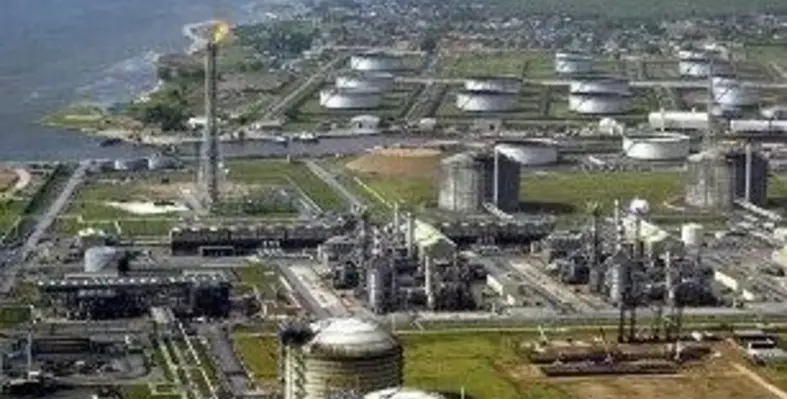A brief look at recent developments in Africas oil sector
Angola’s Pazflor nearing start-up
The production vessel for the four-field Pazflor oil development, in Angola’s deep-water Block 17, was moored in May, in readiness for first oil sometime in the second half of the year. The development, operated by France’s Total, will add 220,000 bpd to Angola’s production at its plateau rate.
First oil from Pazflor will mark the first use, worldwide, of full-scale subsea separation facilities – an important new technology forecast to facilitate the development of many difficult oilfields. Moving operations from the platform to the seabed will cut project costs by reducing the number and size of platforms required.
The Pazflor units, installed on the seabed in 800 metres of water, will separate gas from the oil. The oil will be pumped to the surface using special hybrid pumps, combining multiphase and centrifugal stages, which were developed for the units. The gas will flow to the surface in separate risers.
Total opted for subsea separation to avoid the need to pump the combined wellstream to the surface in multi-phase flow, which carries a risk of hydrate formation and had flow assurance issues. Subsea separation also avoids the need for heavy slug-catchers on the production vessel, reduces pumping requirements and reduces the amount of insulation required on seabed pipelines.
Pazflor uses three subsea separation units, designed for a 20-year life and built by FMC Kongsberg in Norway. FMC Kongsberg is also supplying Pazflor’s 49 wellheads – there will be 25 production wells, 22 water-injection wells and two gas-injectors. The firm’s $980mn contract also includes the three subsea manifolds, controls and other equipment.
The units have been installed on Pazflor’s three low-energy fields – Perpétua, Zinia and Hortensia, which hold heavy crude of 17°-22°API. (The fourth Pazflor field, Acacia, contains light crude of 35°-38°API.) The two grades of crude will be mixed for export.
Pazflor will flow to a floating production, storage and offloading (FPSO) vessel, built in South Korea by Daewoo Shipbuilding & Marine Engineering, which spent three months at sea on-tow to location. Storage capacity is 1.9mn barrels.
Algeria
Italy’s Eni signed an agreement with the national oil and gas company, Sonatrach, which could lead to the development of Algeria’s shale gas resources. The agreement calls initially for studies into the technical and commercial feasibility of shale gas production. Eni says Algeria’s reserves are “significant”.
Angola
The deep-water Block 17/06 yielded its third oil discovery in May. Total, the operator, tested over 5,000bpd of light crude from the Canna-1 well, drilled in the northeast part of the block. Water-depth at location is 445 metres. Block 17/06 lies adjacent to Block 17, also operated by Total.
Cameroon
The government awarded a 25-year production licence for the Logbaba gasfield, near Douala, which is due to start flowing by end-year. The state company, Société Nationale des Hydrocarbures, is to take a 5 per cent share in the project, leaving the operator, the UK’s Victoria Oil & Gas, with 57 per cent and US firm RSM with 38 per cent. The field’s gas will be sold to industrial users in Douala.
Nigeria
The Neconde group was the successful bidder for the OML 42 oil and gas area, being sold by Shell and partners. Neconde plans to re-start production from OML 42, onshore in the Niger delta. Fields flowed 50,000 barrels/day of oil and 2.3 million cubic metres/day of gas in 2004, but production had to be shut down the following year because of terrorism. Neconde is made up of NestOil, Aries Exploration & Production (affiliated to Yinka Folawiyo), VP Global (representing the local community) and Poland’s Kulczyk Oil Ventures..
São Tomé e Príncipe
Nigeria’s Oranto won the first exploration block to be awarded in São Tomé e Príncipe’s Exclusive Economic Zone, offshore, where bids for seven areas were called for last year. Oranto will be awarded Block 3, the government has said.
For more information on Africa's oil sector visit www.oilreviewafrica.com



